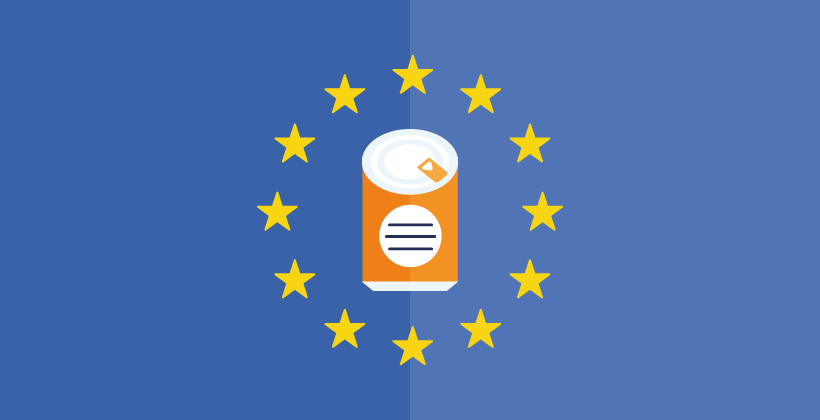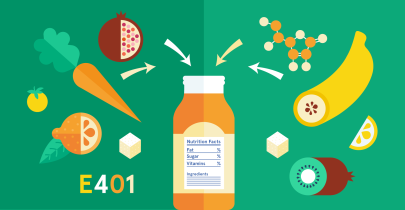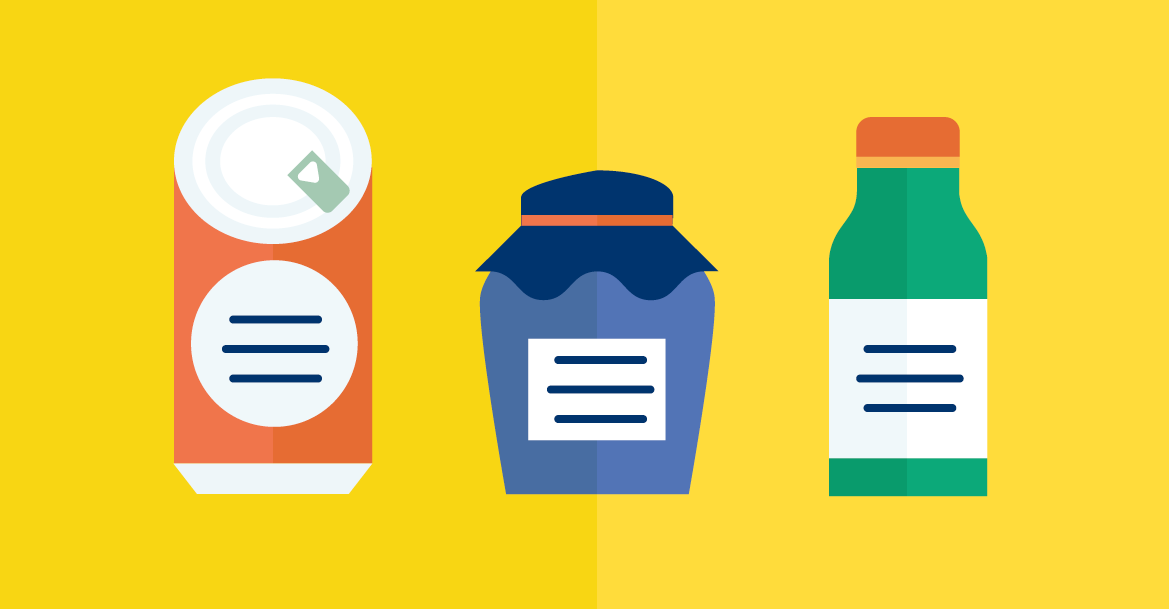Understanding nutrition information (infographic)
Last Updated : 06 September 2020In the EU, all pre-packaged foods must display nutrition information. These labels allow consumers to compare one food with another and understanding how to read them can help us make healthier food choices. All nutrition labels must show the energy (kcal/KJ) content as well as the amount of fat, saturated fat, carbohydrate, sugar, protein and salt in 100g or 100ml of the product. Information on the amount per serving as well as the fibre, monounsaturated fat, polyunsaturated fat, polyol, starch and vitamin or mineral content may be included on an optional basis.
Download the printable version here.




